In August 2022, the European Commission amended Regulation 1881/2006 on maximum levels of ochratoxin A in certain foodstuffs.
These regulations set new standards for product categories that did not previously contain ochratoxin A, such as dried herbs, marshmallow root, dandelion root and orange blossom. Explanations.
Ochratoxin A is a mycotoxin naturally produced by fungi belonging to the genera Aspergillus and Penicillium. More specifically, it is a contaminant found in a wide variety of foodstuffs, such as cereals and cereal-based products, coffee beans, dried fruit, wine and grape juice, spices and liquorice. Ochratoxin is formed if environmental or processing conditions are favourable (climatic conditions, storage time, transport, grinding, roasting procedure, fermentation, etc.). A humid environment allows ochratoxin to develop. With appropriate drying and storage practices, its formation can be prevented.
Ochratoxin has carcinogenic, nephrotoxic, teratogenic, immunotoxic and possibly neurotoxic properties (1).
In 2020, the European Food Safety Authority had already adopted an updated scientific opinion on ochratoxin A in foodstuffs.
Regulation 1881/2006 already set maximum levels for certain contaminants, including ochratoxin A, in foodstuffs. On 5 August 2022, the European Commission amended this regulation (2), considering that the tolerable weekly intake of ochratoxin A was no longer valid. It also stated that "the margins of exposure calculated for the carcinogenic effects of ochratoxin A indicate that it could constitute a problem for the health of certain groups of consumers" (3).
In order to reduce human exposure to ochratoxin A, a maximum level has been set for certain foodstuffs, such as dried fruit except raisins, certain liquorice-based products, dried herbs, certain ingredients for infusions, certain oilseeds, pistachios and cocoa powder. A quantity limit for malt-based non-alcoholic drinks and date syrup has also been defined.
The same applies to maximum levels of ochratoxin A in bakery products, raisins, roasted and soluble coffee.
Finally, the existing provisions for certain spices have been extended to all spices.
The new standards applicable from 01/01/2023 for our natural ingredients are as follows:
We have included ochratoxin A in our analysis plan for regulated products (in 2022, more than a hundred ochratoxin A analyses were carried out) in order to have an analytical history that will enable us to identify plants at risk.
This background will then be used to establish a frequency of analyses based on the risk. For example, a high-risk product will be analysed systematically, while a moderate-risk product will be checked once a year.
Please feel free to contact us.
To see our entire product range, check out our online catalogue available 24 HOURS A DAY 7 DAYS A WEEK.

Quality Manager
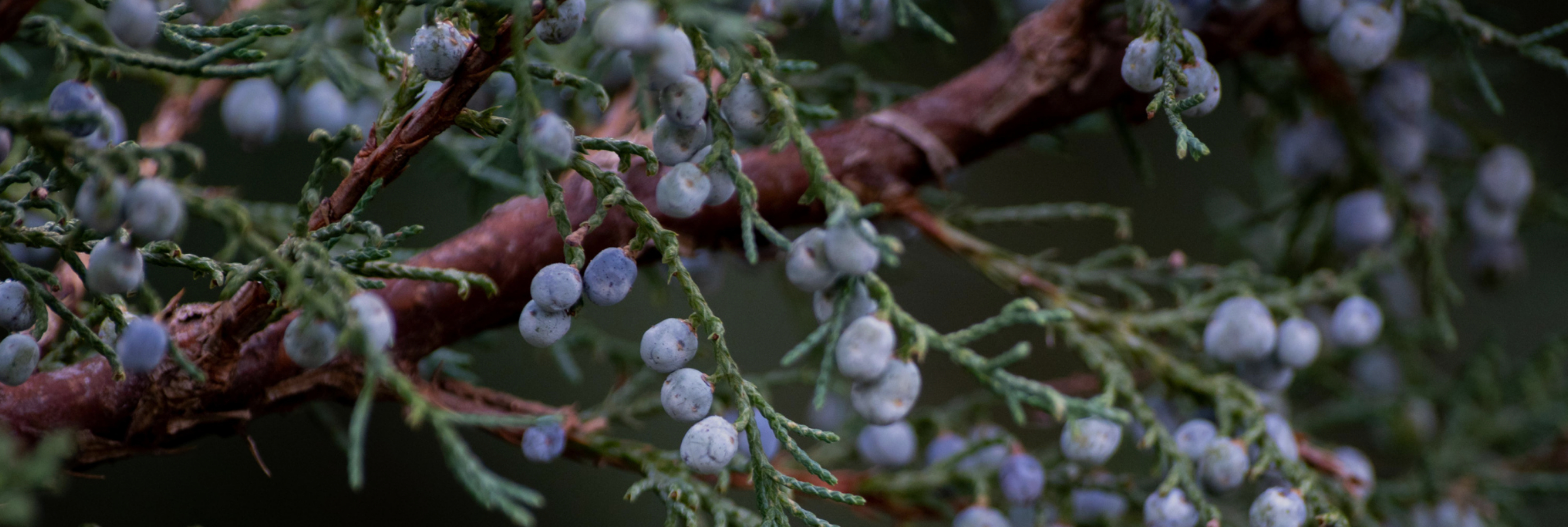
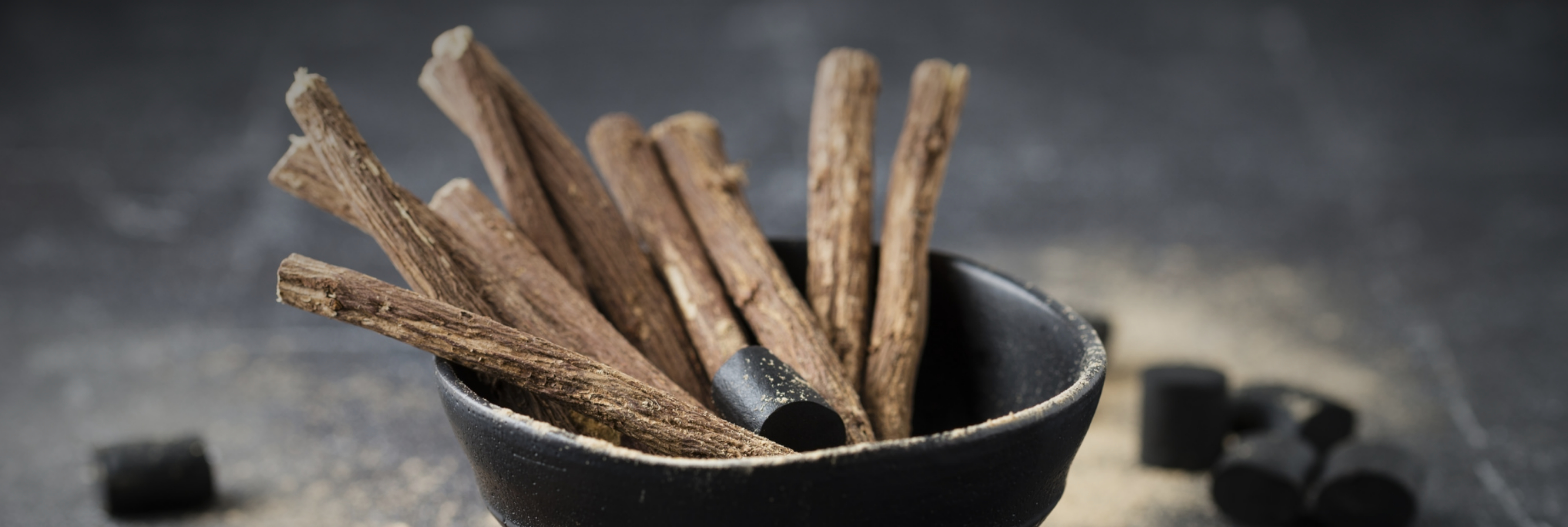
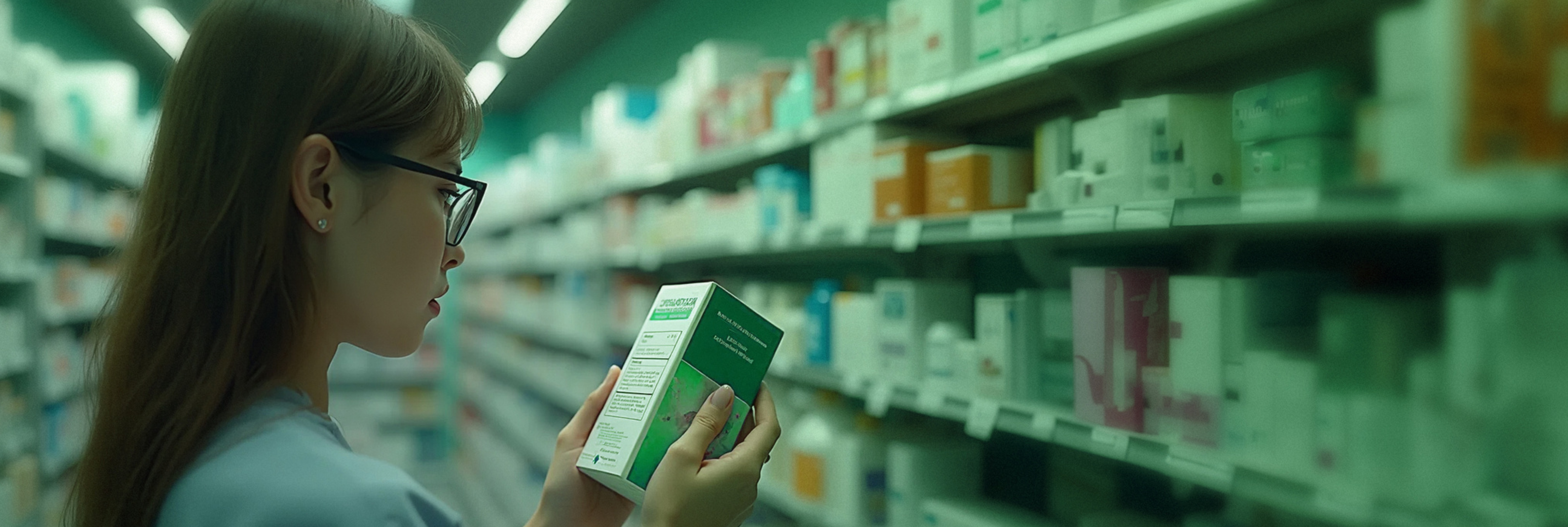
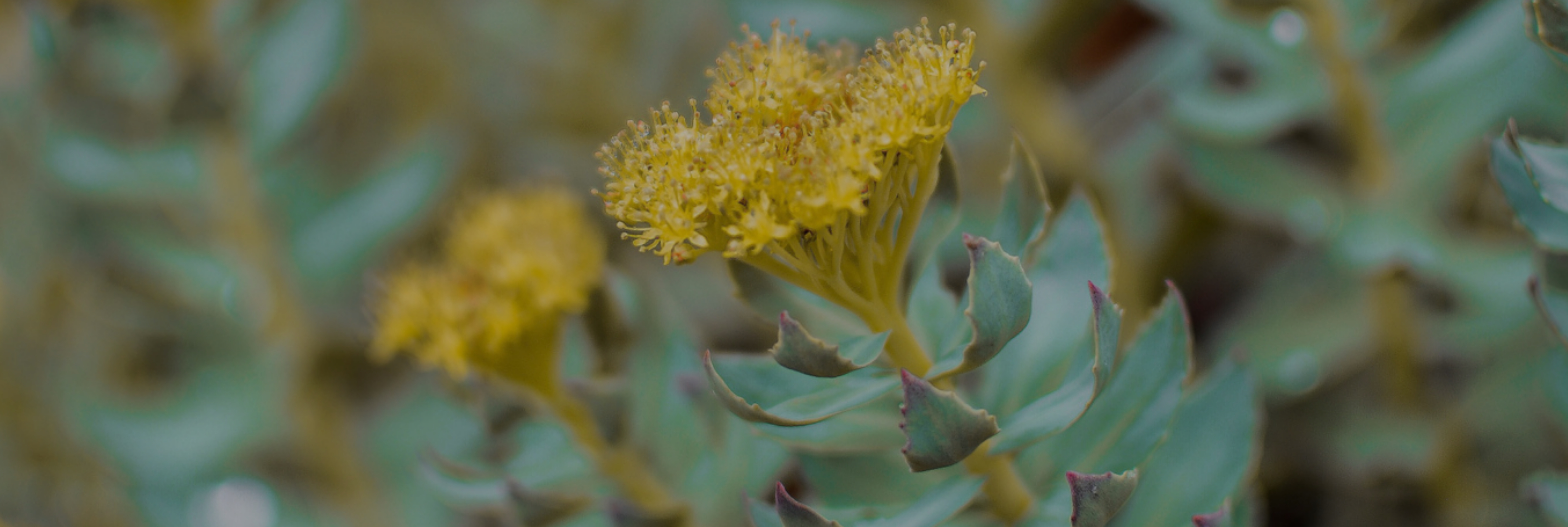
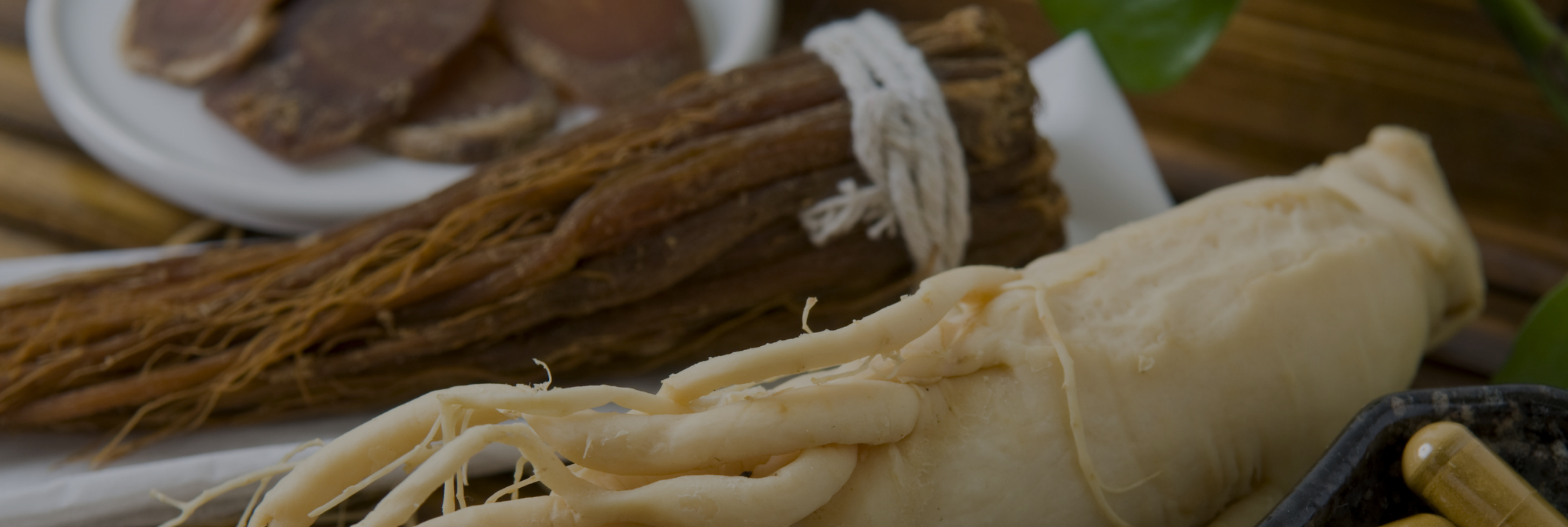
Leave a comment